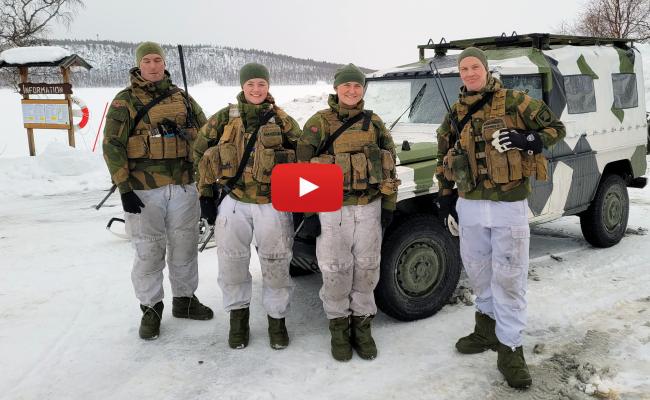The High North Tour 2021: Norwegian and Russian Scientists Meet in Pasvik
The High North Tour 2021 er i gang. En reise for og om det arktiske menneske. (Foto: Martin Losvik).
Pasvik: “Cooperation with Russia is one of the core pillars of our research”, says Research Manager Snorre Hagen at Svanhovd Research Station. In the winter, when the Pasvik River is frozen, he can walk from his lab and over to Russia in a matter of minutes.
In addition to its proximity to Russia, Pasvik in and of itself is a rather unique geographical area for research on environment and nature.
And as if that were not enough, the Russian mining town Nikel is located just a few kilometers east of Svanhovd research station. On other Russian town is closer to Norway than Nikel, with a nickel production that has sent toxic clouds across the border to Norway for decades.
Shutting down the nickel smelter in Russia
It has now been decided to relocate the plant. That means new research opportunities for Svanhovd.
“It gives us a whole set of new opportunities. We can start on what we refer to as “year zero”. We have a lot of reference data from the period during which there has been nickel production. Now, we can for instance study how fast nature and the ecosystems recover after the shutdown”, Snorre Hagen says.
NIBIO’s Svalbard division is also a genuine example of what is referred to as people-to-people cooperation between Russia and Norway. Scientists from the two countries are literally in the same boat on the Pasvik River on their field work. The border agreement between Norway and Russia opens possibilities for extensive border crossings in the almost endless woods on both the Norwegian and Russian side of the border.
“We have the opportunity to have very close contact with Russian researchers, exchange scientists, and transfer competence”, says Research Manager Snorre Hagen.
Watch the whole interview with Snorre Hagen on top of this page. (Subtitles available in English.)
Follow the High North Tour 2021
This article was originally published in Norwegian and has been translated by HNN's Elisabeth Bergquist.




